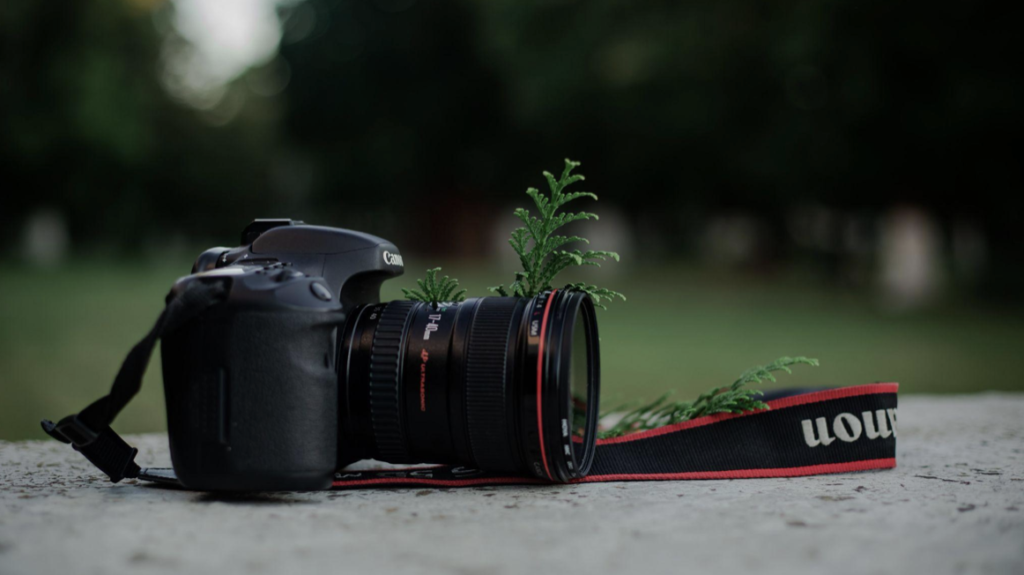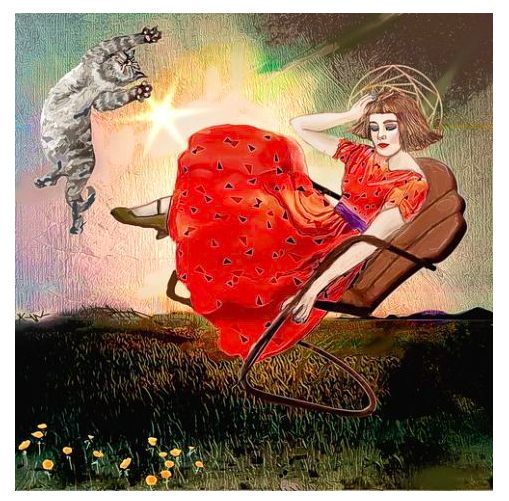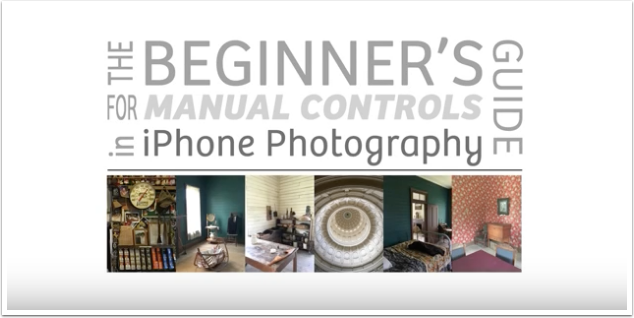What are DSLR Lenses? – A Beginner’s Guide

DSLR cameras have predominantly reigned over the filmmaking and photography industries for decades. While there has been an ongoing debate about mirrorless VS DSLR lenses for filmmaking, beginners usually prefer the latter. If you are also considering buying your first DSLR camera, you should start by learning its basics.
The market has hundreds of products to offer, and making a decision could take time and effort. Selecting one may not be easy, whether you need the camera for a hobby or a professional project. This post has everything you need to know about DSLR lenses, including what they are and how to use them.
DSLR Lenses – The Basics
Lenses help focus light and direct them toward the camera’s viewfinder to create a picture. So, if you remove a camera lens, you would only be able to see a white picture without the lens concentrating the outside light. In a traditional camera, the lens redirects the light towards the film, whereas, in a digital one, it’s a computer chip.
DSLR cameras are arguably the most popular among all digital cameras. They started as expensive luxury items. However, with the increase in their sales, the prices have dropped significantly.
DSLR cameras are pretty all-purpose, so you could use them for nearly all kinds of shoots. Further, manufacturers offer cameras that use various lenses for different purposes and budgets. So, there is no way to define all DSLR camera lenses with one explanation. The latter sections focus on different types of lenses in a DSLR camera and their various uses.
Types of DSLR Lenses

There are numerous models, types, and sizes of DSLR lenses. In most cases, they differ based on your budget. However, the most important way to distinguish between different lenses is according to their uses. So, we created a list of the most frequently used lenses for DSLR cameras.
Standard Lens
When people refer to a “standard lens,” they are likely to mean different things. A standard lens varies for each camera, but its purpose and output remain the same. These standard lenses have fixed focal lengths of 50 mm, 85 mm, and 100 mm.
These lenses are the most useful for candid shots. They soften the background slightly but portray the overall image as you see it with the human eye. Further, for a full-frame DSLR camera, a standard lens is generally 50mm. However, lenses with higher focal lengths are more suitable for portraiture as they keep the background from drawing away focus.
Prime Lens
Prime lenses are traditional lenses with only one focal length. They have recently lost some popularity as some users find them inconvenient. Since these lenses only have one fixed focal point, they are only suitable for when there are fewer scene changes.
Even though they are less popular than they were, traditional photographers still prefer using these lenses. Many experts like the challenge of shooting with a fixed focal length and testing their skills. However, a prime lens would not be suitable for a beginner.
Zoom Lens
Unlike prime lenses, zoom lenses have rapidly risen to fame in modern times. Learners find them extremely helpful since they can use the lens for multiple frames without hassle.
As the name suggests, a zoom lens lets you zoom in and out on your subject. This lens is ideal for shooting various moving shots during filming. It also allows you to film tighter shots using the same angle without moving the camera.
However, it’s best to remember that these lenses require stability. Zoom lenses can have a focal point of up to 300mm. So, if you choose a lens with a higher focal length, you must minimize camera shaking. If your camera does not remain stable, the vibration will be pretty noticeable in the shot.
Wide-Angle Lens
As the name suggests, wide-angle lenses are best for shooting wide shots. Since the lens has a short focal length, it allows you to capture the background fully. People prefer using wide-angle lenses while shooting landscapes with multiple subjects up close. However, if your lens is too broad, it may lead to slight image distortion.
Usually, people take these shots on purpose because they have a nice effect. However, if you are not going for that look, using a wide-angle lens could be frustrating. Lastly, these lenses might have a shorter focal length than most standard lenses (10 to 42 mm).
Macro Lens
Macro lenses are specifically designed for “macro photography.” They are best for shooting subjects up close. While most cameras and lenses have a “macro” setting, they never resemble the effect of an actual macro lens. Usually, macro lenses have focal lengths ranging from 50-200mm.
They have a highly sharp focus when the subject is within their lengths. However, the background and other subjects outside the focal length appear blurry. Wildlife photographers use macro lenses for filming more minor subjects like bees and wasps. These lenses can help you capture these subjects in life-size images or, more significantly.
Telephoto Lens
Telephoto lenses have very high focal ranges and are ideal for shooting subjects far away. These lenses have a strong resolving power that allows them to switch focus on far-off subjects even with light movements. Generally, telephoto lenses have focal lengths lying between 100-800mm.
Fisheye Lens
Fisheye lenses are an extension of wide-angle lenses. This lens purposely curves the ends of wide images to make the background seem distorted. The focal length for a fisheye lens is low, ranging between 7-16mm.
What are DSLR Lenses? – A Beginner’s Guide: Final Thoughts
Selecting the perfect lens for your DSLR camera can be tricky if you are new to the field. There are hundreds of options available on the market. However, if you sincerely want to learn or need it for professional purposes, buy the lens based on its uses. If you purchase a lens based on your budget or convenience, it might give you mediocre results. This article briefly explains the most popular lenses for your DSLR camera. Once you read it, you can shop more wisely.




